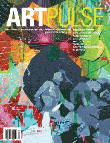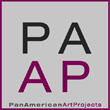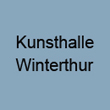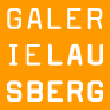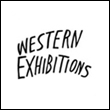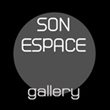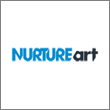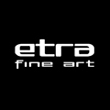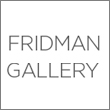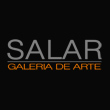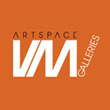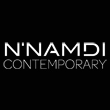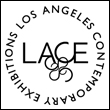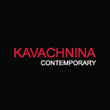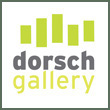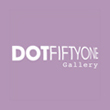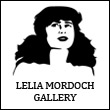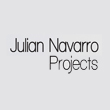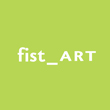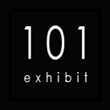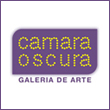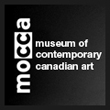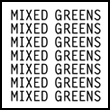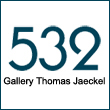« Reviews
Andre Stitt: SUBSTANCE
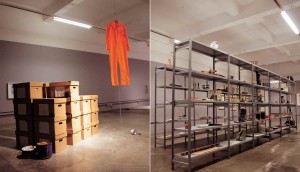
“Substance,” Andre Stiit exhibition at the Golden Thread Gallery. Courtesy of the Golden Thread Gallery, Belfast. 2010
Golden Thread Gallery - Belfast, UK
By Slavka Sverakova
Andre Stitt (b.1958) selected scores, posters, objects and videos related to his performances between 1978 and 2008. To objects displayed at the Spacex, Exeter in 2008, for the Belfast version, he added inject prints, a triptych, film footage of bomb attacks, filmed interview and archival boxes containing clothing, enamel cups, dishes, underwear, etc. A vinyl print on board, God is Sexy, carried during his performance on Broadway (1997) was mailed by Kelly Collection, NY. Artists have incorporated their “production site,” the studio, in their art before; see Bruce Naumann paintings in the 1960s, and they still do. In 2002, Tacita Dean filmed remains of the abandoned studio of Marcel Broodthaers, (see Production Site exhibition, MCA, Chicago until May 30, 2010). “Substance” is an incomplete archive of objects from Stitt’s “production site,” with the main element, his body, absent.
Stitt’s pathway to performance art developed from the perceived gap between studio painting and so-called Troubles raging across Northern Ireland and beyond. A possible impulse from a brief visit to Belfast by Joseph Beuys in 1974 did not register beyond the launch of the Art Research Exchange funded together with Hans Boell. His confidence to switch away from the art object grew from a rage against the socio-political forces soaked in violent vices. The decisive encouragement to switch to performance art came from two Belfast lecturers: Alastair MacLennan and Adrian Hall. Hall, in particular, protected Stitt in a row with the authorities over damage resulting from an early performance Art is not a Mirror It’s fucking Hammer (1978), which included the burning of his paintings. The aggression against paintings transformed into one lasting characteristic of Stitt’s art practice: self-harm would appear in a majority of Stitt’s “akshuns” (= action in Belfast accent) most strongly during the 1980s. In a recent filmed interview, he pointed to the scars on his body as “marks made by my performances.”
Stitt positions “Substance” as an archive of ideas (alienation, oppression, coercion, conflict) and materials (tar and feathers, soap and dirt, replicas of weapons, masks, dildo with razors inserted, etc) anchored in living in Northern Ireland, even after he left for London and later for Cardiff, where he is a Professor of Performance and Interdisciplinary Art at the University of Wales.
The exhibits are expected to “associate with your own history,” a tall order. I have in mind the fate of Christian Boltanski’s archive The Lost Workers (1990, see www.deanclough.com), which has been dormant in recent years, and failed to impress the participants. Another failure lurks as boredom in relentless gaps in evidence, foregrounded in On Kawara’s One Million Years (1969).
“Substance” tests the evoked potential of found and bought objects outside their previous contexts. Seemingly substantive, seemingly trivial, the objects in obeying the insider’s perspective do not guarantee anything.
(January 29 - March 6, 2010)
Slavka Sverakova is an art critic and a former academic.
Filed Under: Reviews

